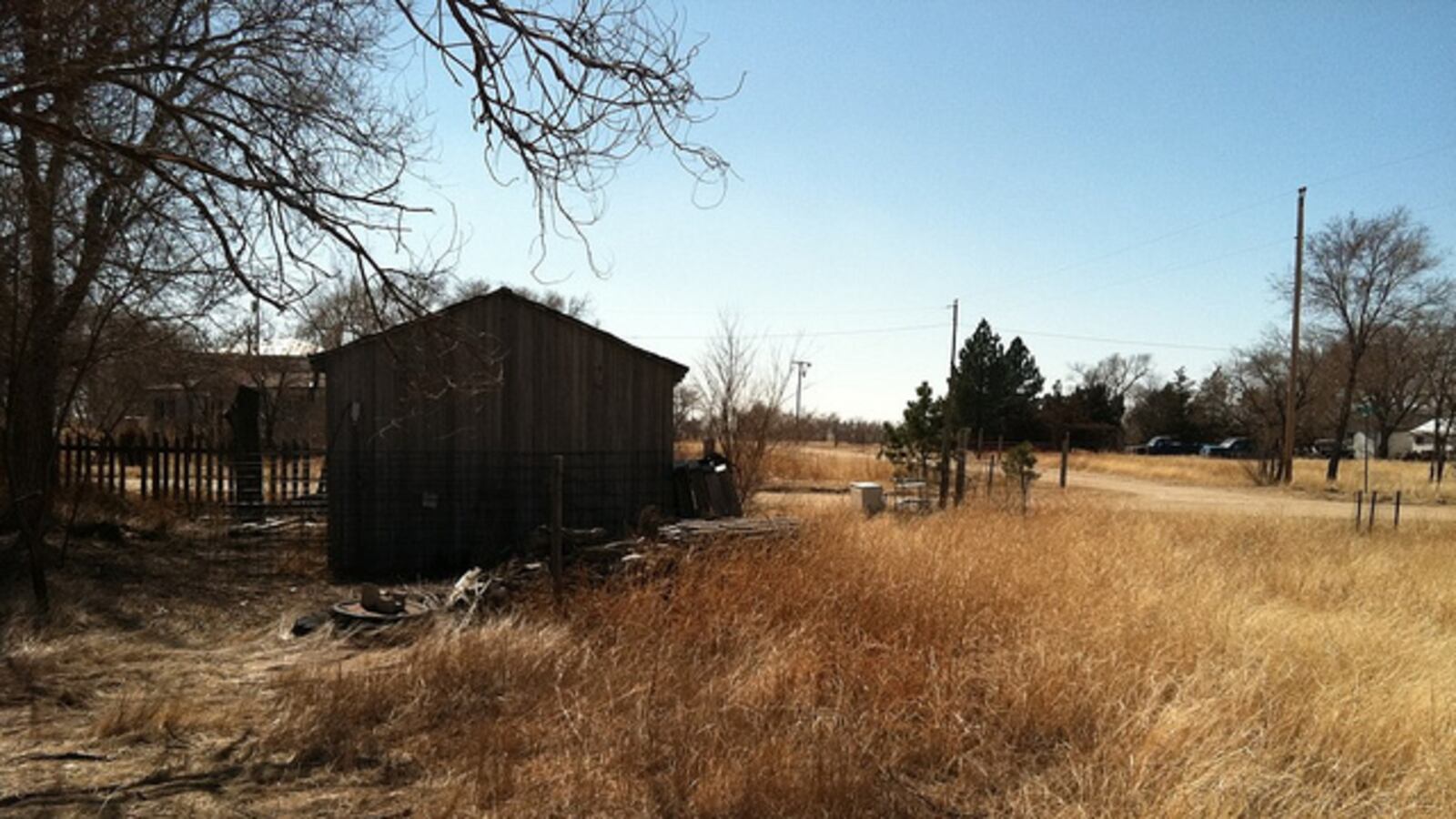One of the first two districts to potentially face state sanctions for low performance may have just reversed its academic fortunes, thanks to a virtually unnoticed shift in state law.
Karval School District is a rural district of roughly 90 students in southeastern Colorado. Roughly two-thirds of the district’s students attend its online school, whose performance lagged sufficiently to place the entire district on the state’s watch list for lowest performing districts.
But when the school board voted to close the school in mid-June, observers were surprised to discover that the decision wasn’t tied to the school’s academics at all. Instead, district officials unearthed a small provision in last year’s school finance law that, finally, spelled the end for the faltering school.
The option to close Karval’s online school has been on the table since Todd Werner joined the district as superintendent two years ago. In addition to its perilous position on the state accountability clock, Karval’s online school had been shrinking for several years, falling to about 60 students in the fall of 2013 from nearly twice that much two years early.
“I was looking at those numbers from the day I walked into the district,” said Werner, who left the district this summer for a teaching job at Cheraw School District, 70 miles to the south. But the district was committed to keeping the online school open and pulling up its scores.
“We made some significant changes and we felt we were going in the right direction,” said Werner.
But even if Werner and his staff had wanted to close the school, both Karval and Vilas, the other district facing the end of the clock, were in a tight spot. The underperforming online schools bankrolled the districts’ brick and mortar operations.
As the state’s education commisioner Robert Hammond put it in a state board meeting with the two districts this spring, “If [your online schools] were out, you’d be in a good category.” But, he said, “without online, [I’m] not sure how you’d survive financially.”
But when Hammond made that statement, their situation had already changed. It was just that no one had caught on.
In spring of 2013, school finance was a central concern for Colorado state legislators. The topic of a total overhaul of Colorado’s school finance law, Senate Bill 213, dominated the conversation and shaped last year’s session. Less attention-getting was a provision introduced in a separate bill that required all districts receive funding for at least 50 students, even if they enroll fewer. That bill language quietly wound its way through the tense session to the final bill that determined funding for the 2013-14 school year.
When it went into effect, only two districts saw their financial situation immediately change: Agate, a 12-student district east of Denver, and Pritchett, near the Oklahoma border.
But there were three more districts could have seen their finances improve, if they closed their online schools. That list included Karval, Vilas and Branson, which runs a higher performing online school. Without their online schools, all three would fall below the 50-student line and paradoxically begin receiving more state money per pupil.
Vilas officials did not respond to requests for comment about whether or not they were considering closing the school.
The change was a potential lifeline for Karval, which has been spending more than its annual state budget for years. In 2013, the district spent roughly $100,000 of its savings and was on track to nearly double that this year.
“We had to get to a point where we were going to balance the budget,” said Werner.
Even though the district’s potential lifeline went into effect last May, Werner remained unaware of it until this spring. When he asked the state’s finance office to run projections without the online school last year, the projections did not include the 50-student provision.
“One of those projections should have picked up that [our enrollment] fell below 50 and bumped it up,” said Werner. “It just fell through the system.”
Mary Lynn Christal, the state official in charge of running financial projections for districts, told Chalkbeat that it was possible she didn’t include the 50-student minimum in her projections this spring, although it was in the official school finance formula. But she doesn’t remember speaking with Werner specifically and wasn’t able to find when she added it.
The only other potential source of information for districts, without reading the often-stultifying text of the original bill, is the Colorado Department of Education’s legislative updates. Werner said that provision wasn’t mentioned to him and it isn’t present in the general legislative summary produced by the department. But it is mentioned in the school finance summary, which is available through the department’s website.
But whatever the manner in which the information got lost, Werner said if he had known about the provision earlier, it could have significantly altered the district’s direction.
“If I would have known about the minimum 50, we would have started having those discussions in November or December,” he said. Closing earlier would have meant that the online school’s performance would not have been included in its state ranking this fall, which will determine whether the state intervenes.
Even so, state officials said that that is unlikely to result in sanctions. Peter Sherman, the state’s chief of school improvement, said the district will have an opportunity to request to be ranked without their online school. If they do, he signaled they might receive a positive reception.
“That would be a good reason to request,” said Sherman. And Marcia Neal, Karval’s representative at the state board, where the final decision would be made, said she’d likely “look favorably on such a request.”

